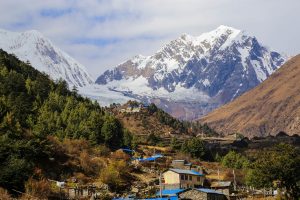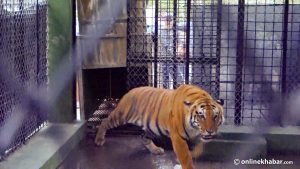On July 2, 2021, Rinzin Phunjok Lama, a young researcher from Humla, became the first Nepali to receive the Rolex Awards and a cash prize of 200,000 Swiss francs (Rs 25.5 million). He was awarded for his research and efforts for the conservation of wildlife, including the endangered snow leopard. Rolex, a Swiss company, named Lama and four other recipients the guardians of the future as well.
For Lama, the award came as a ‘surprise’. He says, “I did not get the award for doing something unique, but just for trying to share my experience and ideas.”
The behind-the-scenes story
In mid-March 2020, just before the coronavirus spread across Nepal, Lama came back home from Europe. He then quarantined himself at home.
While staying idle, he was scrolling through his social media and came across a post calling for an application for the award.
Lama, who had been working in the conservation area for seven years already had a worked-out project. So, he wrote a concept note for the award and sent it, which got accepted after a month, with a request for a complete proposal. In the proposal, he put forward the idea of how to carry out community-based conservation in areas outside the conservation area on his own initiative.
The proposal, which took him a month to prepare, focused on how to increase the capacity, participation and ownership of Humla locals, not just for the conservation of certain species, but the overall mountain ecosystem.
After his submission, he gave three virtual interviews for nomination alone. Eventually, he got shortlisted among the 25 conservationists and became one among the five to receive the awards.
The award
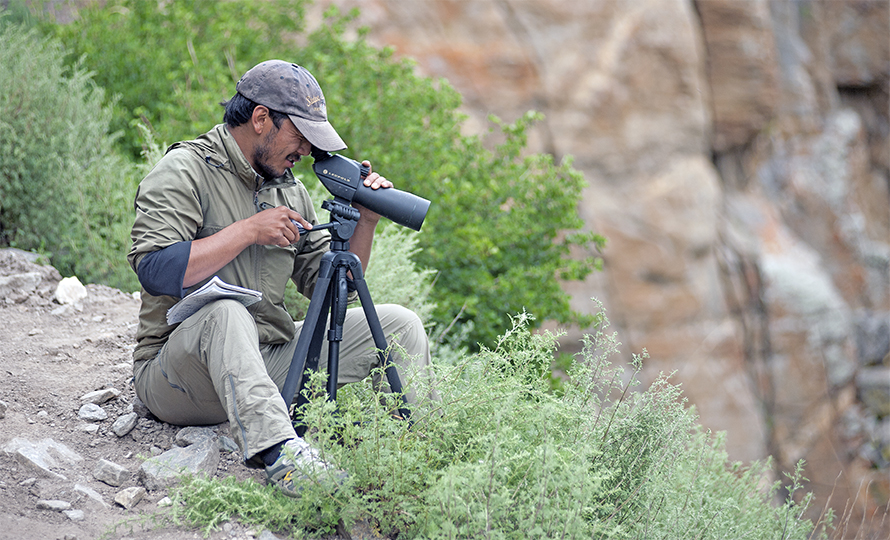
The Rolex Awards was introduced by the Rolex Company in 1976. The award for the enterprise is given to individuals who are pursuing or want to pursue important projects in the fields of environment, science, health technology, cultural heritage, exploration, creativity and society.
In June this year, Lama was in the high mountainous region of Mustang studying snow leopards. A day before the announcement, he received an email that informed him there would be a virtual announcement of the award. However, he did not get a note about the exact time for the event.
The day after the announcement, his friends broke the news to him that he had won the award. “At first, I did not believe them because there were really good contenders from around the world.”
Lama says the award money will be used for his project ‘Promote Local Initiative for Biodiversity Conservation in Nepal’s Trans-Himalayas’ in Humla. Under the project, he will train people locally, study the conflict between wildlife and humans, as well as study and conserve the snow leopards. “The project is a long-term goal; it will run for years.”
Meanwhile, Lama is also the awardee of the Wildlife Conservation Network Scholarship in 2015 and the WWF Nepal Conservation Award in 2020. He is also the head of the Conservation Programme at The Third Pole Conservancy and is active in an organisation called Mountain Spirit.
Notable works
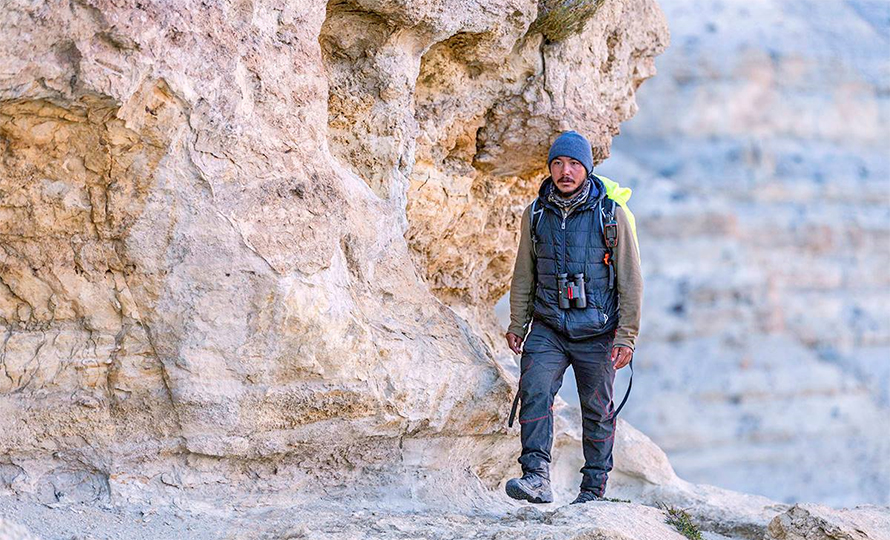
Humla, a district in northwestern Nepal, is connected to the Tibetan Plateau. According to Lama, the environment there is very sensitive. Animals including wild buffalo, wild donkey, and wild sheep are found here.
Lama works in the trans-Himalayan environment of the highlands of Namkha village in Humla. He calls himself a snow leopard biologist. He has been working since 1990 and claims to be the first local biologist to work in a high mountainous area outside the conservation area.
Lama is also the first from Humla to graduate in environmental sciences, with a BSc degree from Tribhuvan University and a master’s degree in international nature conservation from Germany and New Zealand.
After completing his BSc, in 2014, Lama started working for Global Primate Network-Nepal in Manang. He has been active in the research and conservation of snow leopards within the Annapurna Conservation Area. In 2014, his colleague, Tashi R Ghale, discovered a new breed of cat called the pallas’ cat. He says he started the work of snow leopard after he studied the cat.
Snow leopards are found in the northern region of Nepal. Rare in the world, this animal is found only in 12 of the countries in South and Central Asia. It is estimated that there are around 300 to 400 snow leopards in Nepal. The snow leopard is considered to be an indicator of a good environment in the Himalayan region, which helps in the conservation and promotion of mountain biodiversity.
Before Lama, people only used to say that there are snow leopards in Humla, but that was not confirmed without a scientific study. In 2015, he studied the habitat, food and environment of snow leopards and published his findings in the Journal of Threatened Taxa that proved their existence based on scientific facts.
Risks involved
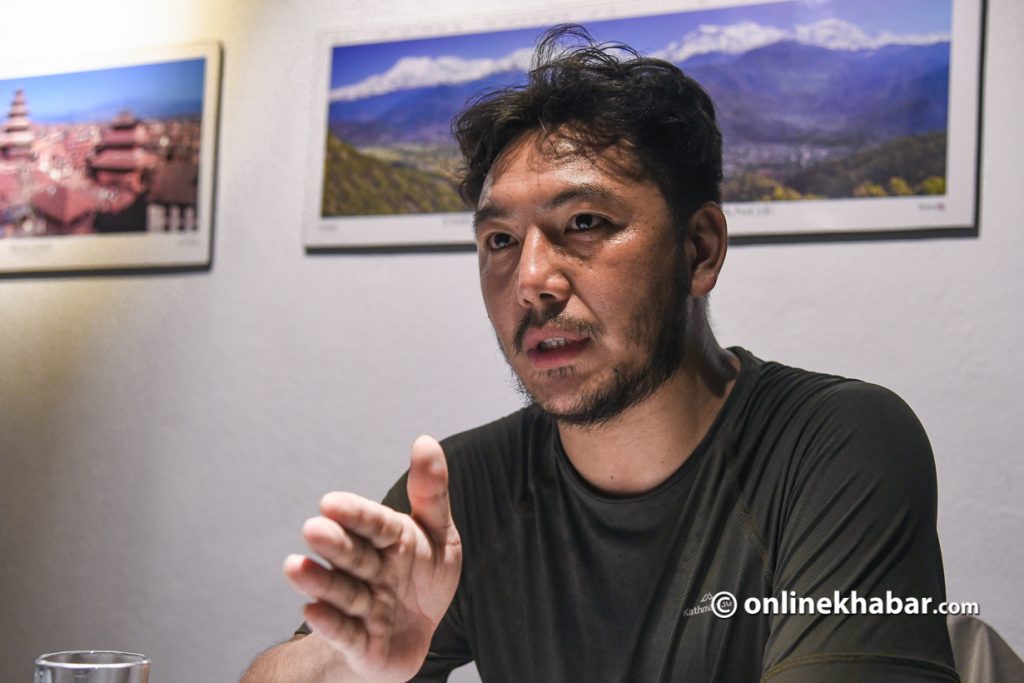
After starting to work in Manang, he did a lot of research for his master’s dissertation on snow leopards’ numbers, food, and human and wildlife conflicts. The animal’s hides, fur and bones are sold at exorbitant prices, so poaching has been the main threat to this animal. This shows snow leopards are in danger, and Lama says that is why they need to be protected.
As their natural habitats have shrunk, the number of their prey has decreased. Hence, they enter the settlements and eat pets. “Loss of horses and yaks worth more than hundreds of thousands of rupees happened; scores of sheep died in a few months,” he adds. According to him, this results in shepherds misunderstanding them, for destroying their property. People in such places are economically poor, with their main sources of livelihood being are agriculture, animal husbandry and collection of herbs.
Geographical remoteness is the biggest challenge to work outside the conservation areas. Nevertheless, he says, working is easy as there is no hotel outside the conservation area. “Because of the high altitude, it is uninhabitable, and because of the high altitude and the cold, you can only stay for a short time. The work is full of risks too.”
Found at an altitude of 3,000 m above sea level, snow leopards are so rare that researchers cannot easily find them. And while working under such adversaries, Lama has faced many tragic situations.
Unlike other works, the result is not immediate. Those who cannot camp in the mountains, for months at a time, cannot work in the field. The risk of erratic snowfalls and altitude sickness is the same in every step. And, staying in a tent for a long time in a high place is nowhere near comfortable.
To trace snow leopards, they use a method called ‘camera trapping’ in which cameras are placed strategically in different places. There are dozens of instances where no snow leopards were found even after three or four months of wait. Lama says, “It is hard to imagine the kinds of suffering that one sees while working in high altitudes. So though many people are attracted to the field, they cannot go long.”
Meanwhile, with seven years of experience working in the conservation area, Lama concludes that there is a need for conservation in the high mountains of northwest Nepal. “Many governments and NGOs have done a lot of work inside the conservation area. However, we prioritise working outside the conservation areas, in the low-priority zones,” he says.
He further plans to produce conservationists and citizen scientists from the mountainous regions. With his experience, he now also understands that it is hard to work without cooperating with the locals. If one can give them income opportunities along with conservation, they will be active, he assures.
However, he says he has been subjected to some scepticism even when they go with the objective to increase the capacity of the locals, educate and aware them of matters of conservation education. Locals have the impression that if conservation starts, they cannot graze the cattle.
Nonetheless, Rinzin Phunjok Lama wants to continue studying biodiversity and its status in the highlands of Humla. He confidently says he enjoys the research, his contributions and has not lost anything while working in this field. “I am sticking to this field because of my passion.”










